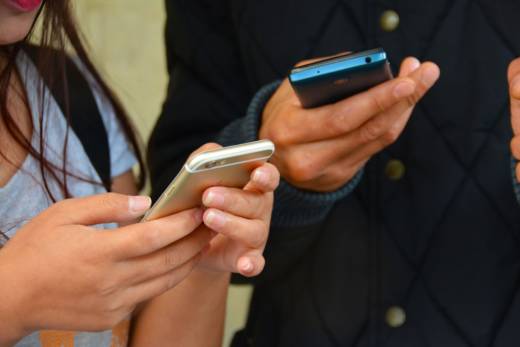Ask teachers what they think of cell phones in school and you are likely to get all sorts of verbal responses and facial contortions. Some teachers appreciate the global reach that cell phones provide, and the ability to have information at your fingertips. Phones can be used to share exciting classroom experiments through Snapchat, as a means to create portfolios in Chemistry class or to access a list of Albert Einstein’s all-time favorite books just because.
But there are students who are constantly on their phones, virtually unable to put them away. They hide them under their legs, text under their desks or use the bathroom pass to finish posting their thoughts to social media. They are not using their phones for “educational purposes,” but are texting their friends, surfing pictures online or looking up the scores of the ball game. This inability to live without phones has become a frustration for teachers and a distraction for our students.
Without a doubt, it is a balancing act for teachers and students. Most secondary students have six or seven classes a day; that means there could be six or seven different cell phone policies based on the discretion of the teachers. While all school districts have a cell phone policy, how that policy is “enforced” or not is what makes this balance so challenging.
Cell phone policies vary widely. According to the San Diego school district, students can use their phones before school, after school and during the lunch period. However, “These devices must be kept out of sight and turned off during the instructional program.” In Milwaukee Public Schools, “While on premises…students are not allowed to activate, use, or display electronic communication devices, including but not limited to mobile phones, tablets, portable music players, or any device capable of accessing social media.” And the Department of Education in New York has “broad [cell phone] guidelines, including that they not be turned on or used during quizzes or tests, or during fire or other emergency drills. Use in bathrooms and locker rooms is also off limits.”
Teachers have designed clever ways to “seize” the phone from students: the pocket chart, cassette holder and playful phone “hotel” are just a few ways to help manage the phone crisis.
